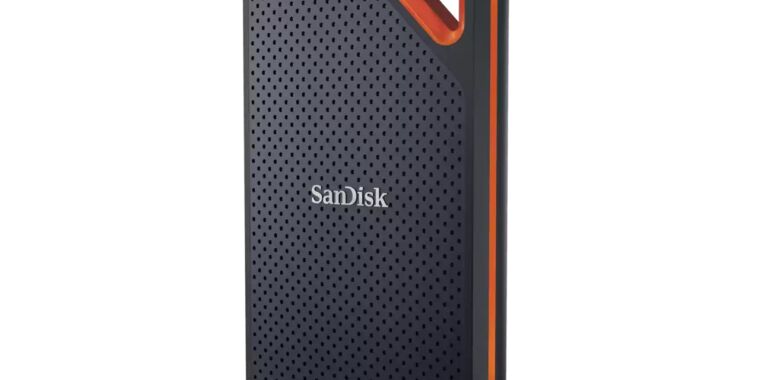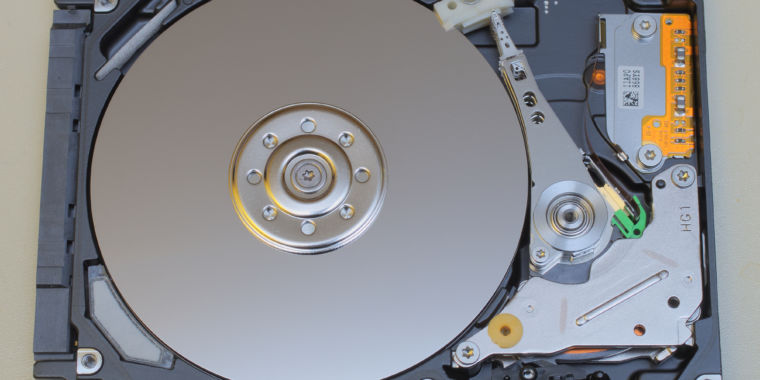eightiescalling
Senior Member
This article got me wondering about people's experience with drive ages in their NAS systems.
Personally I've been lucky with many years and no failures but know others with the opposite experience. While power on hours is a useful indicator 3 years is a tad low and missing the hit of other contributors (writes, spin up/spin down etc).
Must admit, I also hadn't realise the previous CMR/SMR debacle had resulted in a class action suit against WD.
How long to NAS owners here consider old for a disk?
Personally I've been lucky with many years and no failures but know others with the opposite experience. While power on hours is a useful indicator 3 years is a tad low and missing the hit of other contributors (writes, spin up/spin down etc).
Must admit, I also hadn't realise the previous CMR/SMR debacle had resulted in a class action suit against WD.
How long to NAS owners here consider old for a disk?



